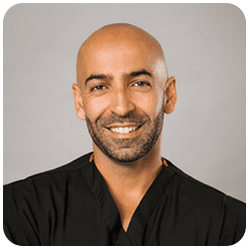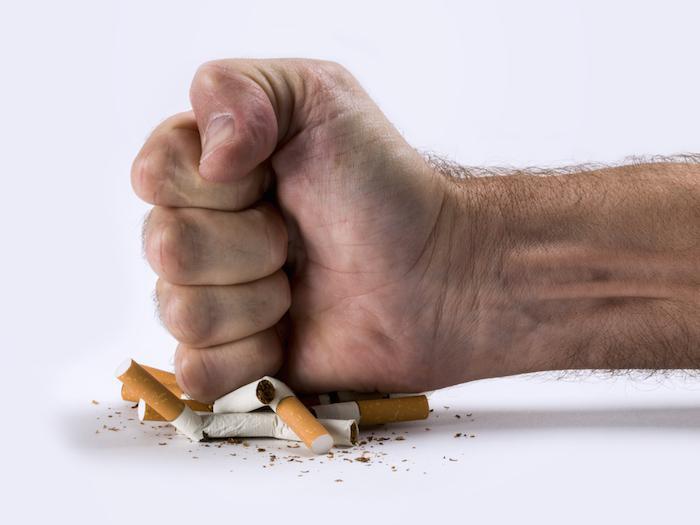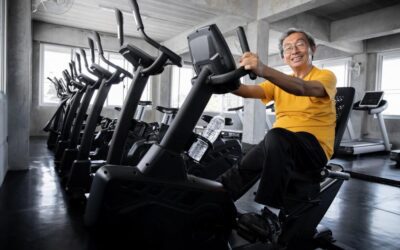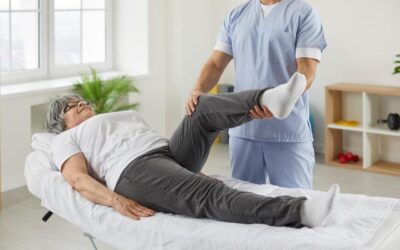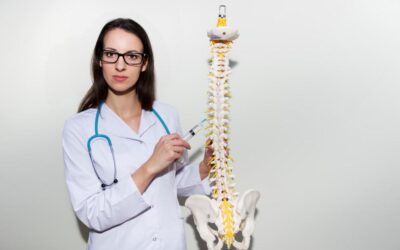As a top-ranked pain management specialist in Irvine and Los Angeles, California, Hasan Badday, MD, and our team at Pacific Pain and Regenerative Medicine can help relieve painful symptoms with an array of therapies, including injection therapy and minimally invasive treatments.
But Dr. Badday also knows that a little TLC and home care play critical roles in managing your pain. When creating custom treatment plans for his patients, Dr. Badday typically incorporates simple lifestyle changes to help medical treatments work better.
Whether you have painful arthritis symptoms, a pain disorder like fibromyalgia, or spine-related pain, here are seven changes that could help you feel better.
1. Drop the extra pounds
If you have pain in any of your weight-bearing joints, losing even a little weight can yield big relief. Extra weight means extra strain on your tendons, ligaments, and cartilage, increasing wear and tear that can lead to arthritis and other chronic joint pain.
2. Stay active
Staying physically active is a great way to keep your weight under control, but it’s also important for your joints. Your joints are made to move — in fact, movement helps them stay lubricated. Plus, regular exercise strengthens the muscles, tendons, and ligaments that support your joints, so they work better — and with less pain.
3. Choose the right foods
When it comes to staying healthy and avoiding painful inflammation, you truly are what you eat: Some foods promote inflammation, while others help quell it.
Processed foods, refined sugars and flours, and deli and red meats trigger inflammatory responses that can make your pain worse. On the other hand, colorful vegetables — especially orange, red, and yellow choices — and many fresh fruits have anti-inflammatory properties. Fatty fish and nuts are good choices too.
4. Quit smoking
Smoking fills your body with chemicals that promote inflammation, leading to worse symptoms or even new symptoms. Plus, smoking damages your blood vessels, interfering with normal circulation.
Since your body depends on plenty of oxygen- and nutrient-rich blood for healing, if you smoke, it can take longer to heal or you might not heal completely. Poor circulation also makes it harder for your body to rid itself of toxins produced by inflammation.
Quitting isn’t easy, but it offers lots of benefits for your overall health as well. Dr. Badday can provide you with resources to help you kick the habit, and you can also find lots of resources online.
5. Get plenty of sleep
You know how great you feel after a good night’s sleep? Your body feels great too, because sleep gives it time to repair itself. On the flip side, inadequate sleep or sleep that’s not restful actually promotes inflammation and increases painful symptoms.
But that’s not all: A good night’s sleep helps you handle stress better, including managing your painful symptoms. That leads us to the next item on the list: taming stress.
6. Manage your stress
When you’re stressed, your muscles tense and your body releases hormones that can promote inflammation. Learning to manage stress helps reduce these effects — and reduce your pain.
You don’t need to sign up for yoga or learn meditation to relieve stress, either (although both are great options). Learning some basic breathing techniques and carving out some “me time” in your daily schedule are simple ways to reduce stress.
7. Practice good posture
For lots of us, sitting hunched over a computer or cell phone slouched in front of the TV are daily habits. Unfortunately, while you might think you’re resting and relaxing, you’re also putting a lot of strain on your musculoskeletal system.
When you hunch or slouch, your spine and joints are thrown out of balance, creating an uneven strain that eventually takes its toll by increasing painful symptoms — or even causing new ones. Paying attention to your posture, whether you’re standing in line or sitting at your desk, can go a long way toward relieving pain — and it just might boost your energy and mood as well.
Help for your symptoms
Lifestyle changes can be very effective in helping you manage your pain, but they work especially well when paired with medical treatment. In fact, if you’re suffering from chronic pain, scheduling a visit with Dr. Badday should be your first step in finding a solution that works for you.
To learn how a custom pain management plan can help you manage your symptoms, book an appointment today online or over the phone at the Pacific Pain and Regenerative Medicine location closest to you.

